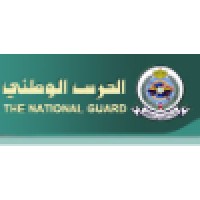
US Army
Welcome to the official U.S. Army LinkedIn page. The U.S. Army’s mission is to fight and win our Nation’s wars by providing prompt, sustained land dominance across the full range of military operations and spectrum of conflict in support of combatant commanders. If you're looking for news about the U.S. Army, visit http://www.army.mil/ For information about U.S. Army career opportunities https://www.goarmy.com/?iom=BNL7-22-0029_N_OSOC_OCPA_LI_ocpagen_xx_xx.






